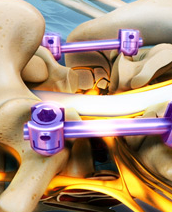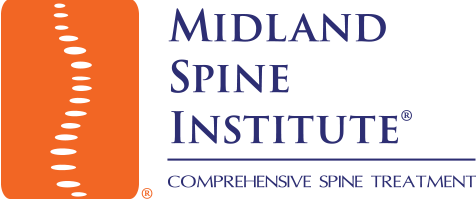
Lateral Lumbar Interbody Fusion
(Minimally Invasive)
Lateral Lumbar Interbody Fusion (LLIF) or Extreme Lateral Interbody Fusion (XLIF) is a minimally invasive spine surgery that accesses the spine from incisions on the side of the body to treat conditions within the lower spine.
The XLIF is one of a number of spinal fusion options that a surgeon may recommend to treat specific types of lumbar spinal disorders, such as lumbar degenerative disc disease, spondylolisthesis, scoliosis or deformity, and some recurrent lumbar disc herniations and types of lumbar stenosis. It cannot be used for all types of lumbar conditions for which spinal fusion is a treatment option.
How a Lateral Lumbar Interbody Fusion is Performed
During XLIF, surgeons work in areas that are close to nerves on the spinal column. To prevent nerve damage, nerve monitoring, called electromyography or EMG, is used that provides surgeons with real-time information about nerve position relative to his or her instruments.
Because XLIF is less disruptive than conventional surgery, most patients can walk the evening after surgery and are discharged from the hospital the next day.
Your surgeon and health care team will determine the best course for you, depending on your comfort and other health problems you might have. Your surgeon will discuss with you any appropriate pain medications as well as a prescribed program of activities. In general, XLIF surgery results in quick recovery and return to normal activities.

